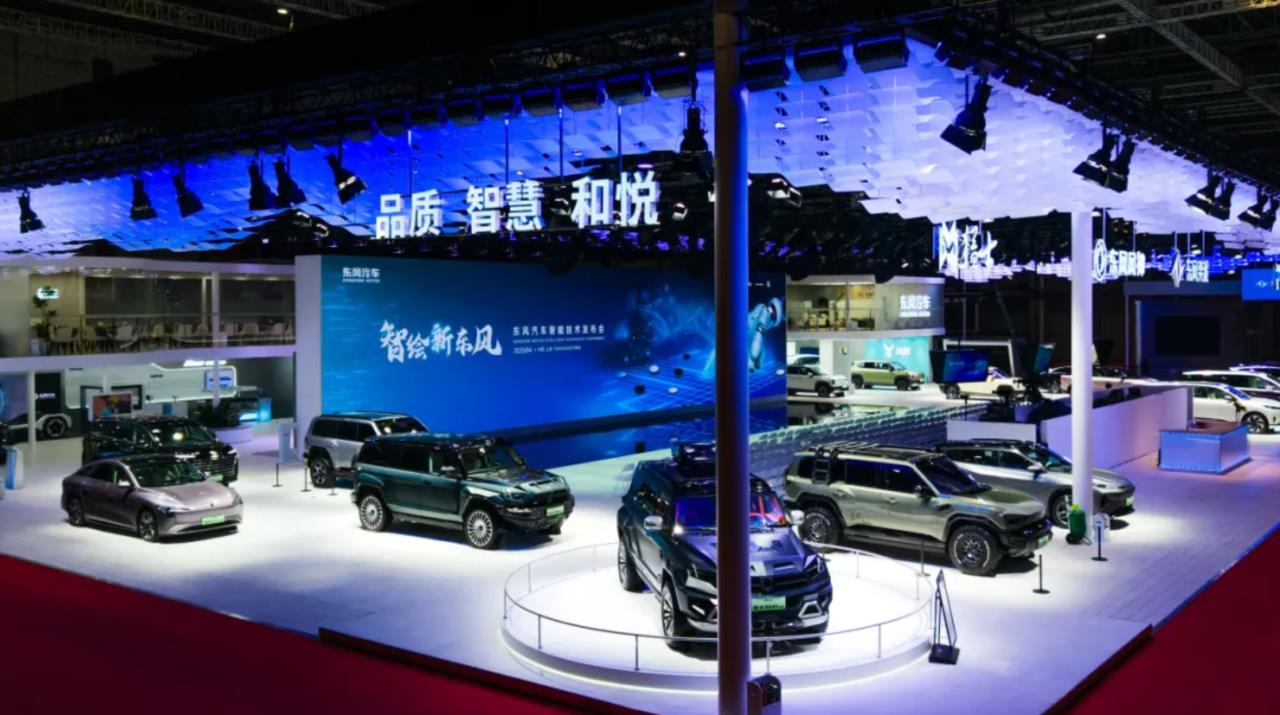According to Dongfeng Motor Group, the overall sales target for the second half of the year is set at 1.88 million vehicles, with an annual goal of reaching 3 million, including 1 million new energy vehicles (NEVs) and 900,000 self-owned new energy vehicles. After achieving a terminal sales figure of 1.116 million vehicles in the first half of the year, Dongfeng is strategizing to meet its targets for the second half. With the shift to new energy being a key survival strategy amidst unprecedented changes in the automotive industry, Dongfeng has heavily invested in the new energy sector by establishing new brands such as Lantu and Warrior.
In terms of market performance, Dongfeng has made significant progress in its transition to new energy, with NEV sales reaching 402,000 units in the first half of the year, an increase of 6.8%, achieving a penetration rate of 36%. Notably, the high-end new energy brand Lantu has excelled, with sales surpassing 10,000 units for four consecutive months, totaling 56,128 units in the first half of the year, marking an 85% year-on-year increase. Additionally, Dongfeng's self-owned new energy brands, including Dongfeng Warrior, Dongfeng Yipai, Dongfeng Fengshen, and Dongfeng Nami, are ramping up their efforts this year.
To stand out in the competitive market, 'hit models' are essential. On June 21, the Lantu FREE+ was unveiled at a digital factory in Wuhan. This model, years in the making, aims to satisfy the diverse vehicle needs of modern families while continuously leading the evolution of mid-to-large intelligent SUVs to higher standards. Besides the Lantu FREE+, a new model called 'Zhiyin' is set to be released in the second half of this year, further emphasizing the high-end new energy market. Currently, Dongfeng's profitability in self-owned new energy vehicles is relatively high within the industry, with Lantu already achieving profitability in the first half of the year. In the second half, Dongfeng aims to reach its target of 1 million NEVs sold, ensuring 900,000 units from its self-owned brands. To achieve this, Dongfeng plans to launch 10 new NEV products in the second half.
A representative from Dongfeng stated, 'In the second half, we will focus on user demand, strengthen the construction of our self-owned brand matrix, and accelerate the popularization of new energy technologies, ensuring the high-quality achievement of our 3 million vehicle target, contributing to the upgrade of China's automotive industry.'
It is worth noting that Dongfeng has already strengthened communication with foreign stakeholders to form a strategic consensus, accelerating the electrification transformation of joint ventures. They are promoting the successful launch of the Dongfeng Nissan N7 under a new model of 'Chinese customers, Chinese standards, Chinese parts, and Chinese speed.' The automotive industry is currently at a critical window for electrification and intelligent transformation, with market competition heating up. After a deep adjustment in the automotive market over the past two years, most car manufacturers have realized that China's automotive industry is transitioning from an 'expansion era' to a new stage of 'quality enhancement,' leading to a consensus on resource integration and strategic focus.
In this competitive landscape, major automotive companies are aligning with three core strategic directions: intelligent transformation, electrification, and globalization, strengthening their competitive systems through deep integration of internal and external resources. Recently, on June 26, Dongfeng announced the establishment of a new technology company, Yipai Automotive Technology Co., which will integrate resources from the Fengshen, Yipai, and Nami brands to compete in the mainstream new energy market priced between 80,000 and 250,000 yuan. Industry insiders view this as an upgrade of Dongfeng's 'leap action.' The new company's operations are expected to commence in July, becoming a core engine for Dongfeng's sales target in the second half of the year. Furthermore, Dongfeng's strategic cooperation with Huawei is deepening, focusing on creating an intelligent product matrix that meets global user needs across various market segments, with considerations for expanding into the commercial vehicle sector. To accelerate its intelligent strategy, Dongfeng launched the 'Tianyuan Intelligent' technology brand in April, establishing a comprehensive technology system. In June, the key laboratory for embodied intelligence technology in Hubei Province, led by Dongfeng, was officially recognized, focusing on core algorithms and other research directions, further supporting Dongfeng's intelligent strategy. Currently, the penetration rate of L2-level self-owned new energy passenger vehicles has exceeded 80%. In the second half of the year, these strategic initiatives are expected to yield results, providing strong support for Dongfeng's sales targets.
Dongfeng Motors Sets Ambitious Sales Goals for 2023

Images

Share this post on: